Salamanca - Natural Park of "Arribes del Duelo"
El Pozo de los Humos (smoke pot in english) is a waterfall like no other in the Iberian Peninsula. The waterfall have a freefall of 50 meters and with a large and spectacular cloud of steam. This waterfall its not the only one in the river Uces but is the biggest and more note-worthy of the bunch. Also it’s located in the heart of the Natural Park of Arribes del Duero, a Special Protection Area declared by the EU in 2002.The park
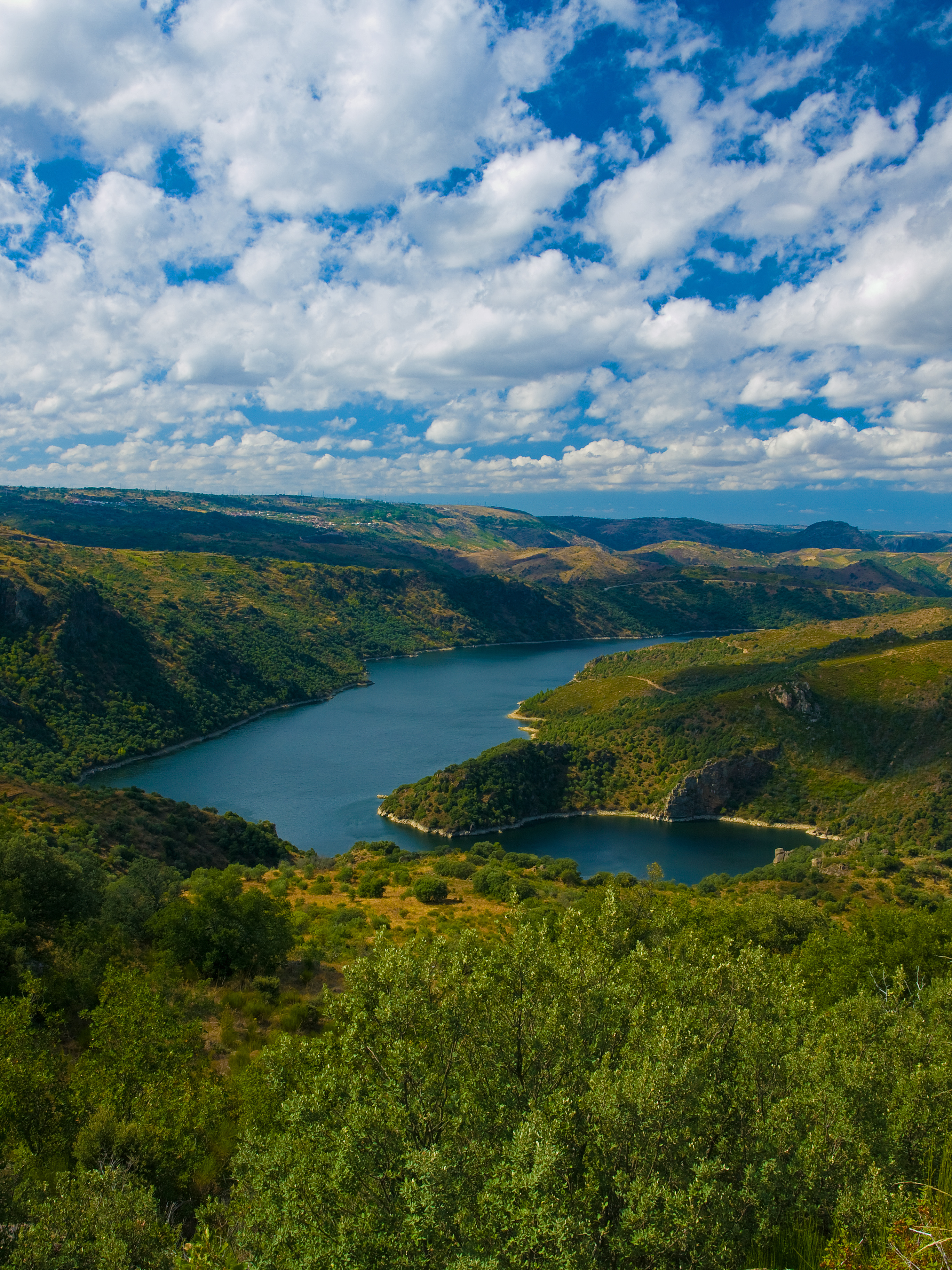
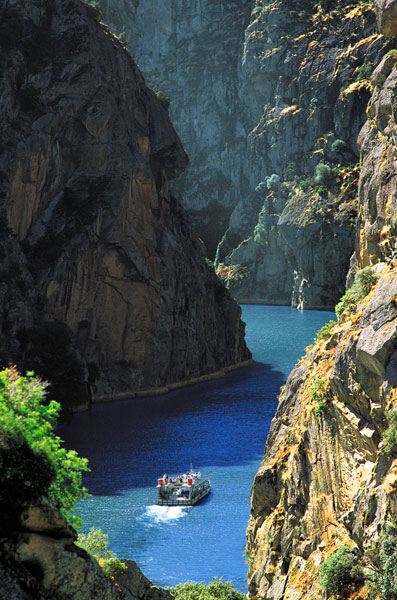
Arribes del Duero have the biggest canons of the Iberian Peninsula, full of watercourses, precipices, a really interesting biodiversity and breathtaking vistas. One could say about its biodiversity that is a packed and concentrated version of mediterranean biodiversity.
The Hermitage of la Virgen del Castillo & Pereña de la Ribera.


At a walking distance from the waterfall, you’ll find yourself in a small town called Pereña de la Rivera, a high natural viewpoint amid canyons and river routes, has been a strategic place since Neolithic times, from which date its oldest forts. Nowadays a charming XVIII century church stands there, the Hermitage la Virgen del Castillo.
Activities, sports, tour and when should you visit
This whole place is full of small and old villages, with nice people where you can enjoy yourself with the incredible gastronomy and rich culture. If you can visit in may 14, you will enjoy their festivities of Our Lady of the Castle: mass in la Virgen del castillo, dances and a good opportunity to enjoy in community the aforementioned gastronomy. You can also, at any time of the year, enjoy some activities like horse riding and camping.
Where should you stay?
http://www.lacasadetiamatilde.com/Even more pics of this gorgeous place.
















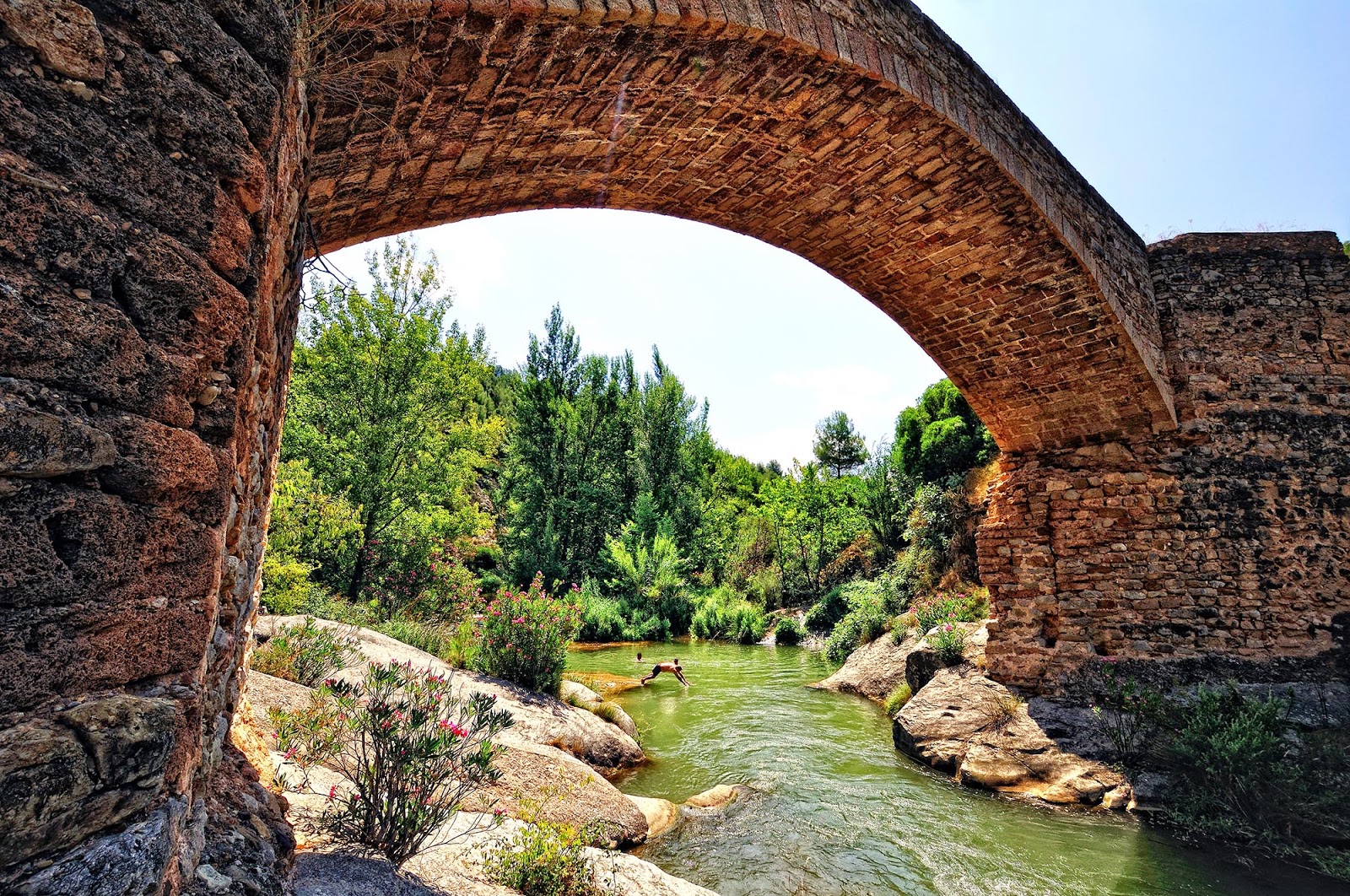





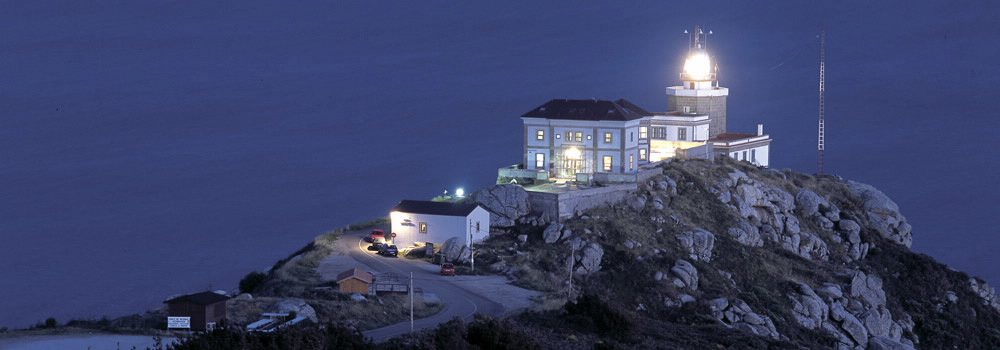

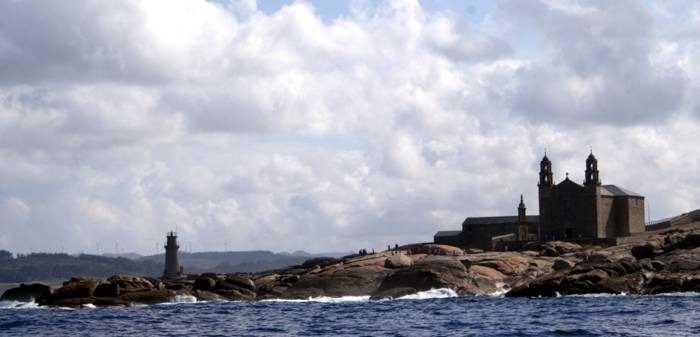







.JPG)













+047.jpg)

